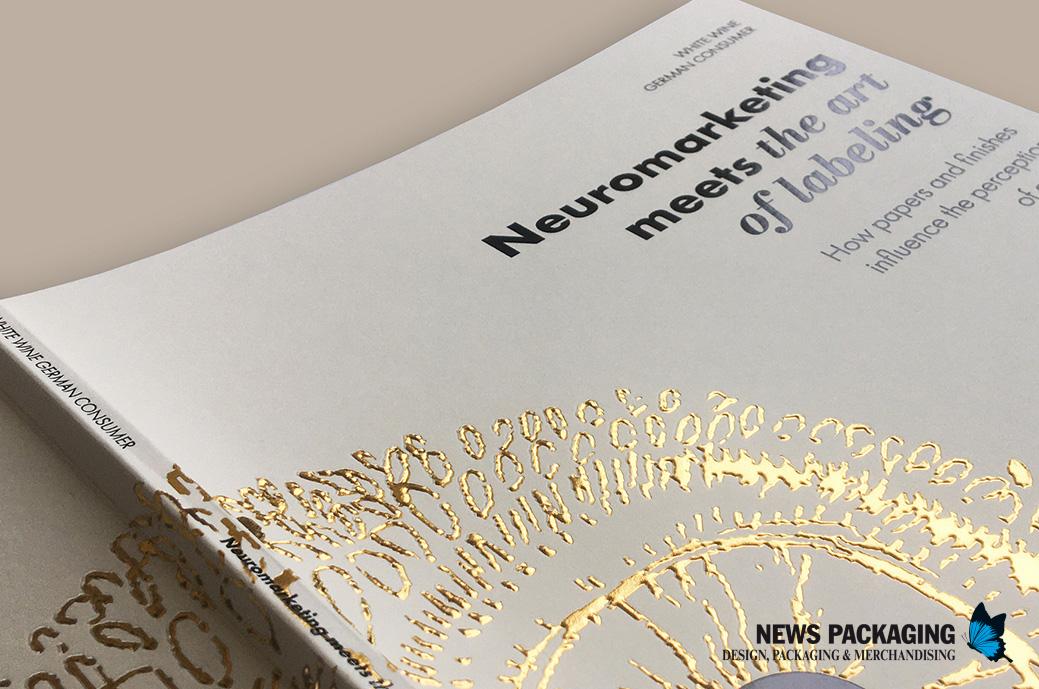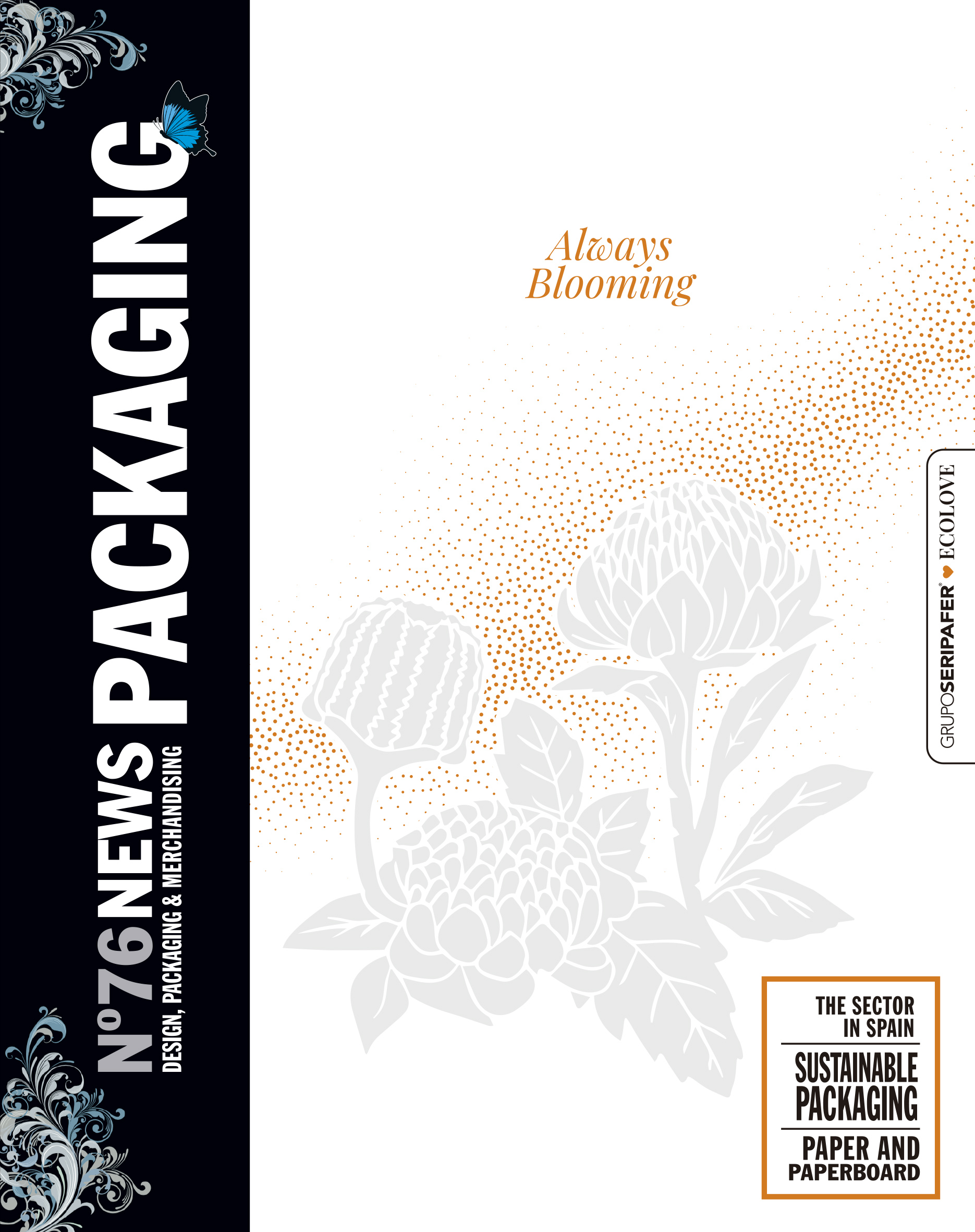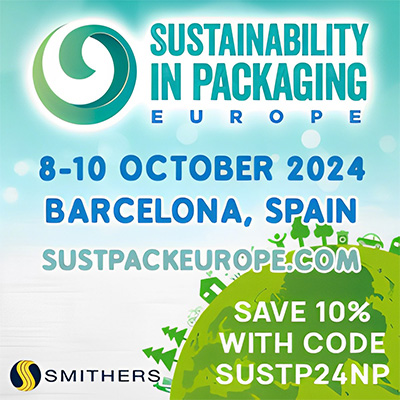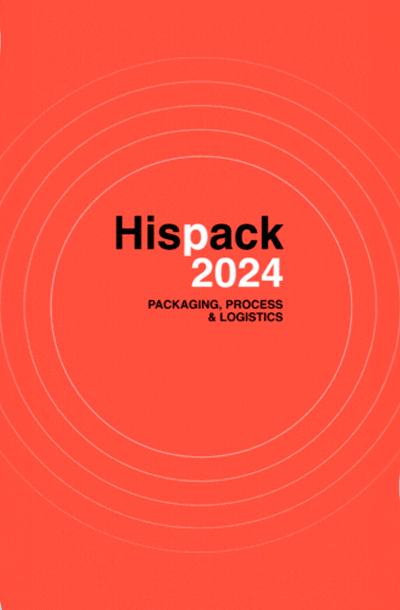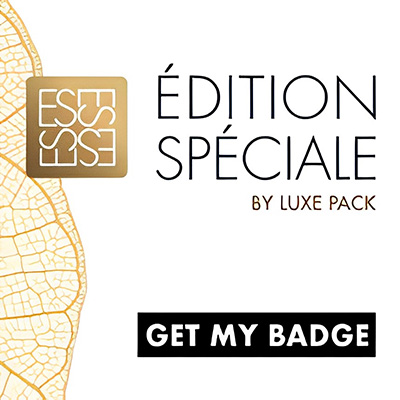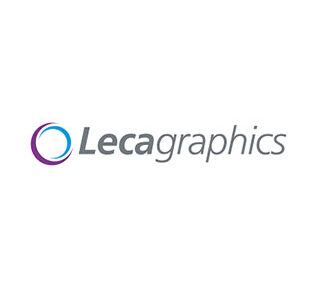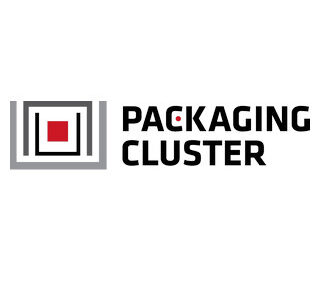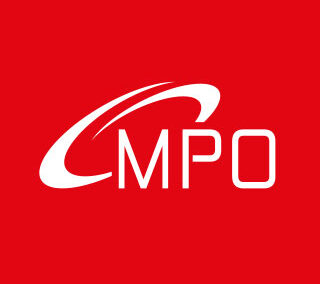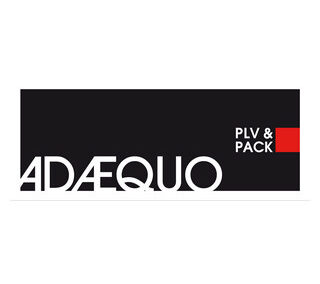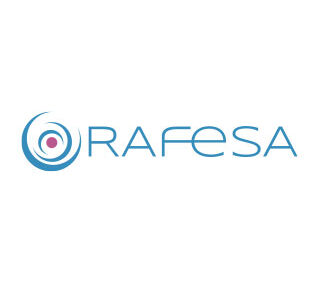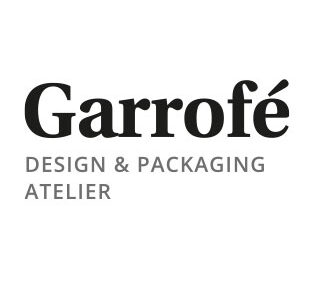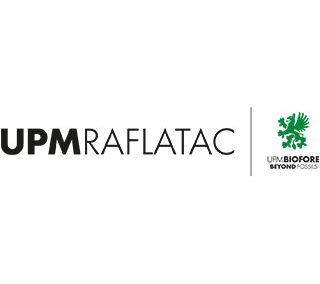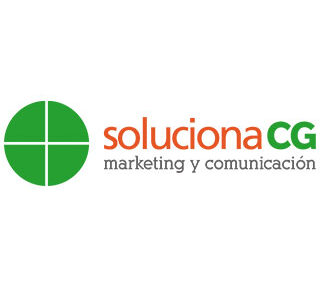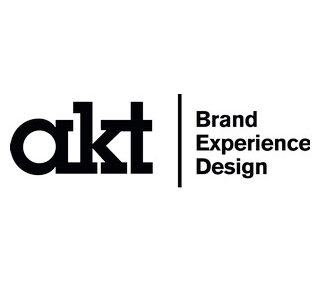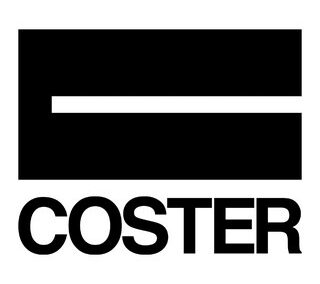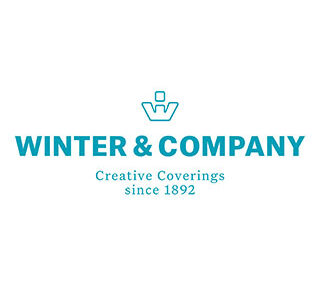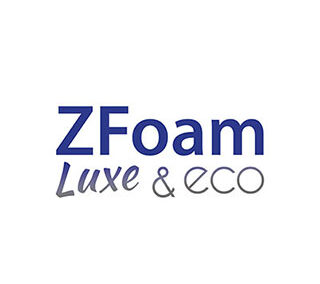UPM Raflatac has published a new neuromarketing study in wines. The results show the power of different label materials and finishes to shape consumer perceptions and drive purchases. Focused on the Wine labels white, research carried out in collaboration with partners in the packaging value chain, ARGEA, SenseCatch, Kurz and Krämer Druck, shows that label material and finishes play an important role in consumer purchasing behavior. The research has been summarized in a book, which also includes a foreword by Uwe Melichari, sustainable packaging expert, designer and Pentawards jury member. The book is available in three languages and in digital version.
The label of a wine plays a fundamental role in the consumer's decision to buy it or not. In fact, according to a study on the wine sector conducted by Wine.net, it was found that 8 2% of a sample of 2000 consumers relied primarily on the label to choose their favorite wine. Many other studies have also commented on the link between the perceived taste of wine and expectations, and how these are influenced by the color, shape, paper, printing technique and overall design of the label.
The new neuromarketing study for wine label design was conducted using a scientific research method that examined the interaction of human senses to form an overall picture of wine buyers' purchasing process. It was designed to analyze consumers' visual impressions and emotional perceptions as they look at white wine labels, exploring the role of fine embellishments and touch of label material on experience, expectations and, ultimately, consumer tasting.
The study included the evaluation of 32 labels of the same shape and size, which were produced by combining six types of paper supplied by UPM Raflatac with five KURZ finishes. The graphics and textual content of each label were the same but differed in terms of paper characteristics (tint, degree of opacity, thickness, degree of roughness and tactile effect) and enhancements (color, thickness, embossing – embossing/embossing – and shine). ).
The labels were industrially printed by Krämer Druck, as occurs in the actual production process, to generate a label identical to what could be found on the shelf and were then attached to bottles of the same shape and color. The entire customer journey was then reconstructed: from looking at the shelf and selecting the wine to trying the product. The sample was carried out by 30 German consumers (50% women), white wine drinkers and aged between 25 and 56 years.
The results of the study demonstrate that the appearance of the label and its tactile sensation influence its ability to attract attention on the shelf and the product tasting experience, both in terms of perceived quality and flavor. When it comes to purchasing behavior, the effectiveness of the wine label was shown to be strongly driven by its color, feel, contrast and paper finish combination, and the findings show the following:
Color: Consumers are more likely to purchase bottles with labels with gold, shiny finishes and clear, opaque paper.
Tactile dimension: Buyers prefer embossed paper with a good degree of relief, and soft embossed finishes with tactile effects are attractive.
Contrast: Consumers are attracted to contrast and prefer features such as textured paper with a matte surface and a glossy embossed finish.
The paper-finish combination: the effectiveness of each detail depends on the combination of elements.
Stefano Pistoni, Senior Director of Business Development at UPM Raflatac, comments: “This comprehensive neuromarketing study clearly illustrates that the label is part of a multi-sensory narrative, narrating and anticipating a person's experience with wine. Not only does it play a key role in guiding the consumer to purchase the wine, but it also plays an important role after the purchase, influencing the anticipation of consumption and the tasting experience. “These findings are important as they will help reshape the decision-making process across the wine value chain for design agencies and brands.”

